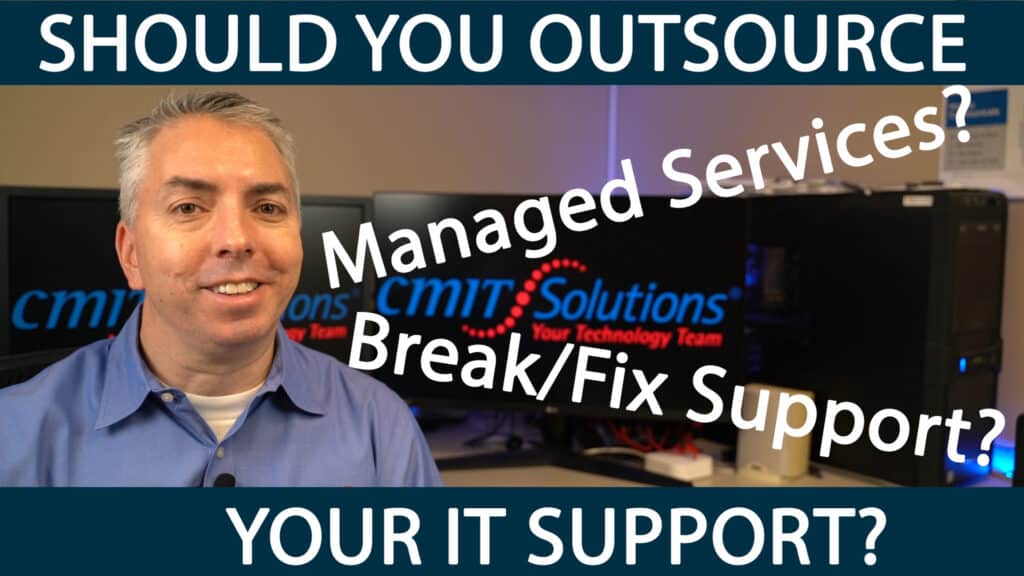Why Data Observability Matters More Than Ever
In today’s data-driven world, real-time access to reliable data is the cornerstone of effective decision-making. Whether it’s improving customer experience, predicting market shifts, or maintaining compliance, businesses rely on accurate data pipelines. This is where data observability enters the picture. For companies across industries, including our partners at CMIT Solutions of Oak Park, Hinsdale & Oak Brook, data observability is no longer a luxury—it’s a necessity. By proactively monitoring data health, lineage, and performance, organizations can unlock real-time insights, mitigate risks, and scale with confidence.
What Is Data Observability?
Data observability refers to the end-to-end visibility into the state of data in an organization. It involves monitoring, detecting anomalies, and ensuring the quality of data pipelines across infrastructure, applications, and usage layers. Key components include: data freshness, data volume and schema consistency, lineage tracking, anomaly detection, and downtime alerts. Much like network management in IT systems, data observability ensures that data workflows remain uninterrupted and optimized.
Real-Time Monitoring: A Must-Have
Delays or inaccuracies in data can have cascading effects. From decision-making paralysis to compliance failures, data errors are costly. Real-time monitoring of data pipelines empowers businesses to detect and fix issues immediately, maintain data reliability and trust, ensure alignment across departments, and meet regulatory obligations. This need for immediacy mirrors how email threats are neutralized in real-time through active monitoring.
Strategy Essentials: Building Observability
A robust data observability strategy should include:
- Automated alerts
- Lineage mapping
- Data health checks
- Historical tracking
- Compliance monitoring
The architecture mirrors that of cloud operations where automation is key to proactive management.
A well-implemented strategy bridges IT and business outcomes. Rather than reacting to data issues after the fact, organizations can embed observability into development cycles, deployment pipelines, and even compliance audits. When your business goals are data-driven, observability becomes the foundation.
Security Boost: Observability and Cyber Defense
Data observability isn’t just about performance; it’s integral to security. When suspicious changes or unauthorized access to datasets occur, observability tools can alert stakeholders immediately. This ensures early detection of breaches, reduced attack surface, and strengthened compliance posture. Similar to our cyber defense framework, data observability serves as a first line of defense.
Benefits include:
- Increased data transparency across infrastructure
- Ability to detect and isolate malicious anomalies
- Enhanced audit logs for investigative purposes
- Compliance with data protection frameworks like GDPR and HIPAA
Cloud Visibility: A Strategic Advantage
As more companies adopt multi-cloud and hybrid-cloud models, maintaining visibility across these environments becomes essential. Data observability provides the lens through which IT leaders can:
- Compare performance across platforms
- Detect configuration mismatches
- Align data delivery with service-level agreements
- Monitor latency, throughput, and integrity in real time
These capabilities are critical for businesses investing in cloud services to future-proof their operations.
Observability Ensures Business Continuity
Just as data backup protects information assets, observability ensures continuous access to high-quality data. In sectors like healthcare, finance, and logistics, even a brief data outage can result in operational chaos. Observability bridges the gap between detection and resolution, enabling uninterrupted workflows and resilience.
Consider the following advantages:
- Instant identification of failing data jobs
- Reduction in MTTR (Mean Time to Resolution)
- Faster rollback and mitigation during incidents
- Clear accountability through tracked lineage
More Than Monitoring: Observability’s Edge
While traditional monitoring tools check system status and performance, data observability goes deeper. It tracks the “why” behind data behaviors, not just the “what.” This distinction enables:
- Root cause analysis
- Trend detection
- Predictive maintenance
This is similar to how we elevate IT strategy beyond passive maintenance.
Compliance Integration: Stay Audit-Ready
Compliance frameworks such as HIPAA, GDPR, and SOC 2 require documentation of data usage and access patterns. Observability tools streamline audits by:
- Logging user access
- Flagging anomalies
- Automating report generation
- Maintaining immutable logs for verification
Just as we support clients with compliance challenges, data observability aligns with stringent regulatory expectations
Observability Fosters Team Collaboration
Data observability democratizes data knowledge. By providing insights into pipeline health, it enables collaboration among:
- Data engineers and analysts
- DevOps and IT teams
- Compliance officers and business executives
This collaborative advantage mirrors our success in enabling unified communication within organizations. Everyone gains access to relevant metrics, logs, and metadata, eliminating silos and enabling shared accountability.
Choosing the Right Tools for the Job
When selecting tools, consider the following capabilities:
- Seamless integration with your data stack
- Real-time anomaly detection
- Scalable and flexible architecture
- Embedded machine learning capabilities
- Self-healing automation and incident response
These tools should also complement your existing IT procurement strategy. Learn how we help businesses make smarter tech choices through our procurement solutions.
Conclusion: Take Control of Your Data
Data observability isn’t just another buzzword. It’s a critical practice that ensures your business runs on trustworthy, timely, and actionable data. By investing in observability now, your business safeguards its digital future. At CMIT Solutions of Oak Park, Hinsdale & Oak Brook, we help businesses implement real-time observability and support their data transformation journey. From IT guidance to cybersecurity, compliance, and backup strategies, we’re your trusted IT partner. Let us help you take control of your data—before your data controls you.





